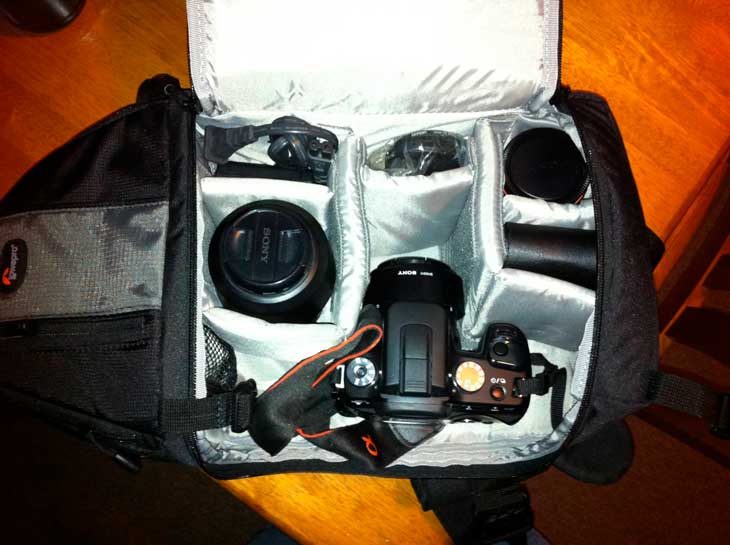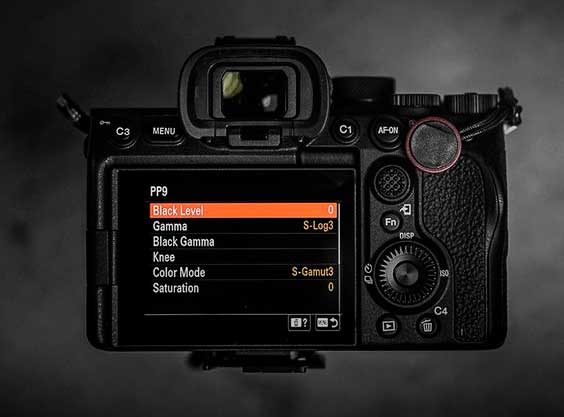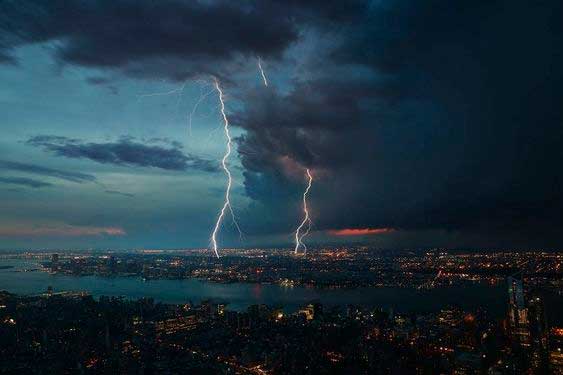The art of capturing nature's untamed strength while also experiencing the thrill of pursuing storms is what makes photographing lightning such a captivating activity.
However, it's a challenging task that requires both talent and safety knowledge. This article will discuss the art of photographing lightning, including the tools you'll need and the procedures that will enable you to take amazing pictures without endangering yourself.
Essential Tools

It's crucial to have the right tools before venturing out to photograph lightning:
- Camera with Manual Mode: A camera with a manual mode is essential if you want complete control over your settings. Mirrorless and DSLR cameras are common choices.
- Strong Tripod: A sturdy tripod is required to keep your camera stable because long exposures are necessary to capture lightning.
- Wide-Angle Lens: A wide-angle lens enhances your chances of capturing a lightning strike by covering more of the sky.
- Remote Shutter Release: Use a self-timer or a remote shutter release to prevent camera vibration during long exposures.
- Neutral Density (ND) Filter: An ND filter reduces the light entering your lens, allowing for longer exposures even in bright conditions.
Initial Safety

Always prioritize safety when photographing lightning. Follow these safety tips:
- Location: Choose a safe location, ideally indoors or inside a vehicle. During a lightning storm, avoid open fields, hilltops, and bodies of water.
- Radar and Lightning Apps: Use weather radar or lightning apps to monitor storm movement and anticipate lightning strikes.
- Stay Low: If caught outside during a storm, keep as low as possible and avoid using tripods or elevated platforms. Crouch to minimize your height.
- Unplug: To prevent power surge damage during a storm, disconnect any electrical devices from power outlets, including your camera.
Setting the Camera

Now, let's delve into the camera settings for photographing lightning:
- Manual Mode: Switch to manual mode for full control over your settings.
- Low ISO: Start with a low ISO setting (ISO 100 or 200) to minimize noise in your images.
- Aperture: Choose a small aperture (high f-number like f/8 or f/11) for an extended depth of field.
- Long Exposure: To increase your chances of capturing lightning, set your camera to a long exposure, typically between 10 and 30 seconds.
- Focus: Use live view to focus on a bright section of the sky or utilize manual focus on a distant subject.
Lightning Capture

Once you're prepared and safe, you can start capturing lightning:
- Compose Your Image: Incorporate a captivating foreground because lightning against a bare sky may lack appeal.
- Bulb Mode: Depending on circumstances, consider using bulb mode, which lets you control exposure time by holding the shutter open as needed. For bulb mode, utilize a remote shutter release.
- Timing: Anticipate and time your exposures to capture lightning. Patience is key; achieving the perfect shot may take several attempts.
- Multiple Exposures: If aiming for multiple consecutive exposures, consider the continuous shooting feature. This increases your chances of photographing lightning.
- Experiment: Don't hesitate to try different compositions and exposure durations. Adjusting settings might yield surprising outcomes since photographing lightning is inherently unpredictable.
Post-Processing

Enhance your lightning photos with post-processing:
- Shoot in RAW format for greater flexibility during editing.
- White Balance: Adjust the white balance in your photos to achieve the desired color temperature.
- Sharpness and Contrast: Enhance these elements to make the lightning pop.
- Noise Reduction: Use software to diminish any noise resulting from your long exposures.
- Cropping and Composition: If needed, crop and reframe the photo to create a more impactful visual.
Lightning Photography as an Art
Photographing lightning is a mesmerizing endeavor that melds technical skill, artistic vision, and safety consciousness. With the right equipment, camera adjustments, and safety precautions, you can capture the awe-inspiring beauty of nature's light show.
Remember, the key to excellent lightning photography lies in patience and experimentation. So, as you embark on your journey to capture lightning, stay safe, embrace the unpredictability, and let your creativity illuminate the heavens.